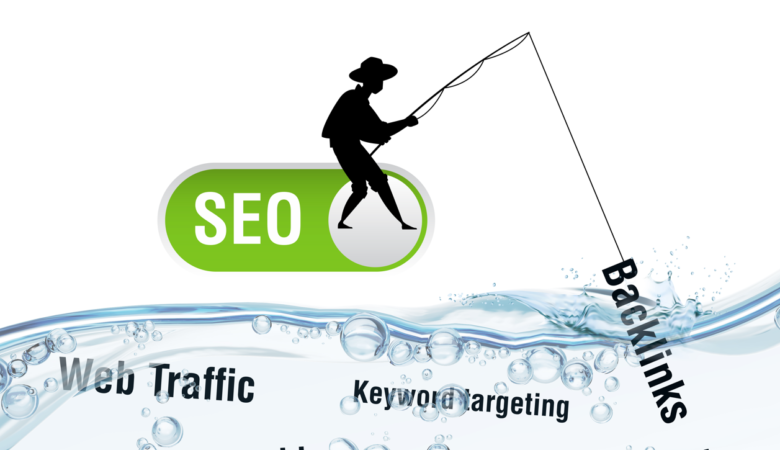How to Increase Your SEO Score in Just One Week: Quick Optimization Tips
Improving your SEO score in just a week is achievable with focused efforts. Here are some quick optimization tips: 1. Optimize Title Tags and Meta Descriptions Ensure your pages have clear, keyword-rich title tags and meta descriptions. These elements improve your click-through rate and search engine ranking. 2. Improve Page Load Speed Use tools like Google PageSpeed Insights to identify and fix slow-loading pages. Compress images, reduce redirects, and use caching to improve performance. 3. Enhance Mobile Responsiveness Check your website’s mobile-friendliness, as Google prioritizes mobile-first indexing. A responsive design and faster mobile load times can boost your ranking. 4. Fix Broken Links Scan your site for broken links and fix or remove them. This improves user experience and prevents search engines from penalizing your site. 5. Update Existing Content Fresh, up-to-date content is a signal to search engines that your site is active. Add new information, incorporate trending keywords, and improve readability. 6. Build Internal Links Create a robust internal linking structure to help search engines crawl your site more efficiently and guide visitors through your content. 7. Use Image Alt Text Ensure all images have descriptive alt text that includes relevant keywords. This improves accessibility and helps images rank in search engine results. 8. Create and Submit an Updated Sitemap Generate a sitemap and submit it to search engines like Google to help index your pages faster and more accurately. Conclusion By optimizing key on-page elements, fixing technical issues, and updating content, you can see a noticeable boost in your SEO score within just a week. Focus on these quick wins to achieve rapid SEO success.











